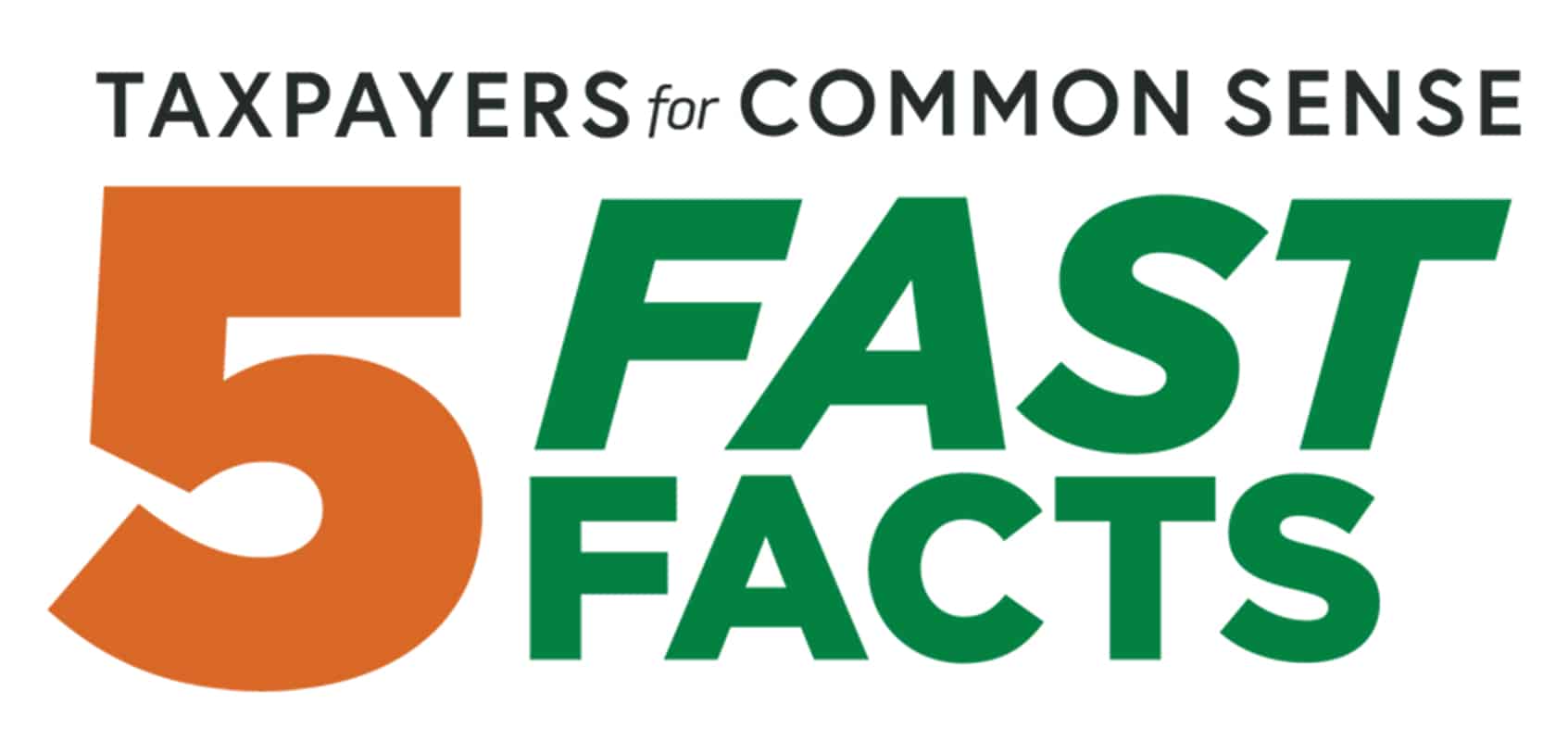
ABOUT THE
Federal Oil and Gas Leasing System
1. THE CURRENT ROYALTY RATE FAILS TO GIVE TAXPAYERS A FAIR RETURN.
The federal government is charged with managing federal land and the valuable, taxpayer-owned resources contained in them. To ensure taxpayers a fair return on the sale of these resources, federal oil and gas is charged a royalty rate – a percentage of the value at sale. Although the new royalty rate of 16.67% is higher than the 12.5% taxpayers have been getting over the last century, it is still lower than the 18.75% that states and federal waters charge for oil and gas production.
2. CURRENT OIL AND GAS BONDING REQUIREMENTS LEAVE TAXPAYERS TO SHOULDER FINANCIAL AND ENVIRONMENTAL LIABILITIES.
The Bureau of Land Management (BLM) requires oil and gas producers operating on federal land to post a bond to cover reclamation (cleanup) expenses when production ends. For leases on federal land, the required amounts haven’t changed in over 60 years and do not come close to covering full reclamation costs. The Government Accountability Office (GAO) currently estimates that full reclamation costs can range from $20,000 to $145,000 per well but found that the average bond coverage per well BLM holds was barely over $2,000 per well in 2019.
3. AT THE END OF FY2022, 11.3 MILLION ACRES, OR CLOSE TO 48% OF FEDERAL LAND UNDER LEASE, WERE SITTING IDLE AND UNAVAILABLE FOR OTHER USE.
The current onshore leasing system allows federal land to be locked up by oil and gas producers’ speculative practices – keeping lands from other important uses and hurting taxpayers as most speculative leases never end up in production. Oil and gas companies might acquire parcels, either directly or through speculators, without ever developing them to inflate their undeveloped acreage numbers reported to investors. According to the GAO, only 1.9 percent of leases sold for the minimum bid ever ended up in production.
4. MORE THAN HALF A MILLION FEDERAL ACRES ARE SCHEDULED TO BE LEASED IN 2023 UNDER THE CURRENT BROKEN SYSTEM.
The Bureau of Land Management has several federal oil and gas lease sales scheduled for 2023, with potentially 562,995 acres available to lease for oil and gas development. These sales include 621 parcels spread across 12 states. Due to outdated leasing terms, taxpayers could lose millions in potential revenue in these sales and potentially be on the hook for future cleanup liabilities.
5. OUTDATED, BELOW-MARKET RATES AND OTHER LEASING POLICIES ARE SUBSIDIES TO THE U.S OIL AND GAS INDUSTRY. BUT THE OIL AND GAS INDUSTRY DOES NOT NEED TAXPAYER HELP. IT IS A MATURE AND HIGHLY PROFITABLE INDUSTRY THAT HAS RECEIVED SUBSIDIES FOR MORE THAN A CENTURY.
The federal oil and gas leasing process is loaded with taxpayer subsidies that pad the record profits of oil and gas companies. Before the recent royalty and rental rate update, the industry received an estimated $3.6 billion every year due to outdated leasing terms, and pocketed another $3.2 billion thanks to subsidies embedded in the tax code. And the industry has been raking in profits thanks to high oil and gas prices since the pandemic ended. In 2022, the six largest publicly traded oil and gas companies reported $198 billion in profits, more than double their earnings in 2021.










